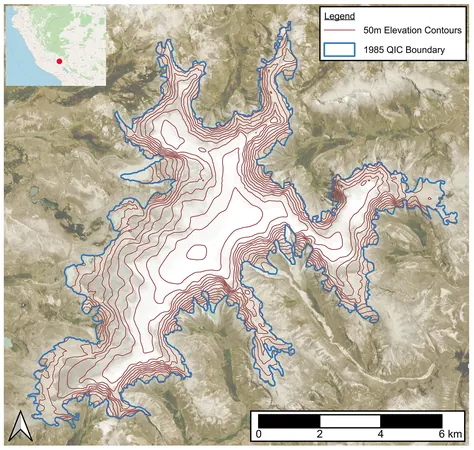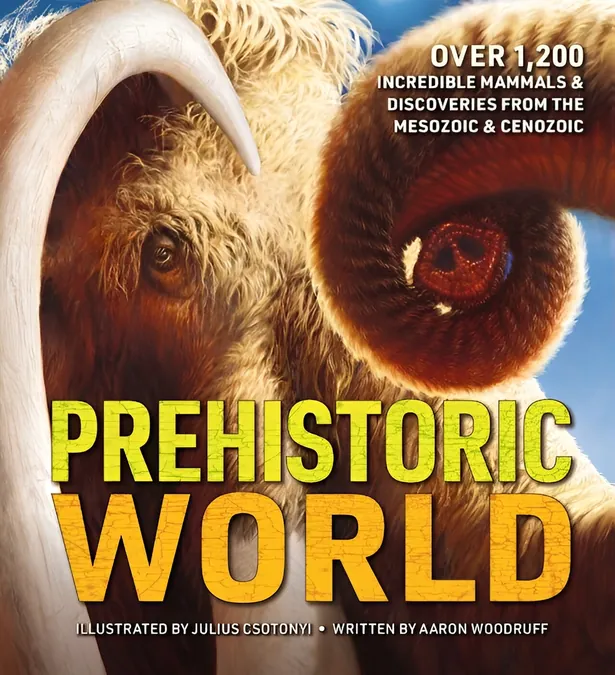
Shocking New Study Reveals El Niño's Devastating Impact on Tropical Ice Loss
2024-10-08
Author: Yu
In a groundbreaking new study, researchers have uncovered the alarming link between natural climate patterns like El Niño and the rapid ice loss occurring in tropical glaciers. This phenomenon, characterized by dramatically higher ocean temperatures in the eastern Pacific, happens every two to seven years and has far-reaching effects on global weather patterns.
A primary focus of this study is the Quelccaya Ice Cap (QIC) in the Peruvian Andes, a glacier that has been particularly sensitive to climatic changes. While previous research hinted at its vulnerability to El Niño events, this study provides concrete evidence of the relationship, confirming that the warming caused by these phenomena has led to a staggering reduction in the glacier's snow-covered area.
Utilizing advanced imaging techniques from NASA's Landsat satellites over a span of 40 years, researchers found that between 1985 and 2022, the QIC experienced a loss of approximately 58% of its snow cover and a whopping 37% reduction in total area. "Our research offers critical insights into the health of glaciers," stated lead researcher Kara Lamantia, a graduate student at The Ohio State University’s Byrd Polar and Climate Research Center. “The QIC is becoming vastly unbalanced during these short-term climate anomalies.”
Published in the journal *The Cryosphere*, this study is notable for its innovative approach to measuring snow-covered areas—an intricate process typically reliant on either exhaustive field measurements or labor-intensive manual tracing of satellite images. The researchers developed a cutting-edge algorithm that processes near-infrared imagery, enabling a more accurate detection of the boundary between snow and ice. "Our method allows us to gather consistent data, supporting a more reliable analysis," explained Lamantia.
One of the most striking revelations from the research is how El Niño events drastically alter the ratio of snow-covered area to total area on the QIC. This ratio drops significantly during El Niño years, primarily due to the distinct differences between dry and wet seasons in southern Peru. Lamantia noted that during these climate anomalies, southern Peru experiences unusually warm and dry conditions when it should be wet, leading to a marked decline in snow cover.
As climate change accelerates, the frequency and intensity of El Niño events are expected to increase, potentially further exacerbating ice loss. Projections are alarming: should this trend continue, the QIC could lose its snow cover entirely by 2080, ultimately transforming it into a mere ice field, akin to the stark landscape of Mount Kilimanjaro.
The implications of this research extend beyond just glaciers; communities in high-mountain regions that rely on glacial meltwater are at risk as diminishing snowpack translates to dwindling water resources. With the current trajectory of climate change, the long-term survival of these ecosystems is in jeopardy.
"We are witnessing the irreversible damage done to our oceans and atmosphere," warned Lamantia. Understanding the complex interactions between climate patterns and glacier health could provide vital insights into how to mitigate these effects. "The consensus is clear: as El Niño events become more intense and prolonged, we will face more challenges regarding the QIC. It’s imperative that we adopt smarter water management practices and safeguard our precious resources."
The time to act is now. As researchers delve deeper into these alarming findings, the world must brace for the potential consequences of an evolving climate and the relentless march of time.



 Brasil (PT)
Brasil (PT)
 Canada (EN)
Canada (EN)
 Chile (ES)
Chile (ES)
 España (ES)
España (ES)
 France (FR)
France (FR)
 Hong Kong (EN)
Hong Kong (EN)
 Italia (IT)
Italia (IT)
 日本 (JA)
日本 (JA)
 Magyarország (HU)
Magyarország (HU)
 Norge (NO)
Norge (NO)
 Polska (PL)
Polska (PL)
 Schweiz (DE)
Schweiz (DE)
 Singapore (EN)
Singapore (EN)
 Sverige (SV)
Sverige (SV)
 Suomi (FI)
Suomi (FI)
 Türkiye (TR)
Türkiye (TR)